I am looking into the effect of the training sample size when doing a ridge (regularised) regression.
I get this very strange graph when I plot the test error versus the train set size:  .
.
The following code generates a training set and a test set and performs ridge regression for a low value of the regularization parameter.
The error and its standard deviation is plotted against the size of the training set.
Note that the dimension of the generated data is 10.
%settings
samplerange = 8:12;
maxiter = 100;
test = 300;
dimension = 10;
gamma = 10^-5;
rng(2);
figure(1);
error = zeros(maxiter,1);
for samples=samplerange
for iter=1:maxiter
% training data
a = randn(dimension,1);
xtrain = randn(samples,dimension);
ytrain = xtrain*a + randn(samples,1);
% test data
xtest = randn(test,dimension);
ytest = xtest*a + randn(test,1);
% ridge regression
afit = (xtrain'*xtrain+gamma*length(ytrain)*eye(dimension)) \ xtrain'*ytrain;
% test error
error(iter) = (ytest-xtest*afit)'*(ytest-xtest*afit) / length(ytest);
end
hold on;
errorbar(samples, mean(error), std(error), '.');
hold off;
end
mean(error)
I get the following error values:
14.0982
28.1679
201.4467
75.4921
16.2038
and the following standard deviation:
39.3148
126.0627
756.4289
568.7223
65.9008
Why is it going up then down? The value is averaged over 100 iterations so this isn't by chance.
I believe it has something to do with the fact that the dimension of the data is 10. It may be computational since the test error should of course decrease as the training set gets bigger...
If any of you can shine a light on what is going on, I'd be grateful!